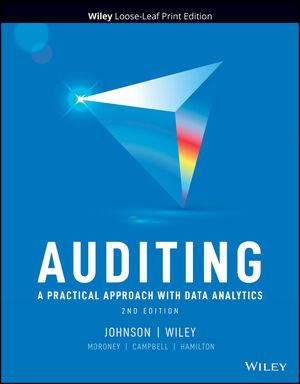Question
1. A business carries out review of its assets at the end of every year. The following details were relevant for the period ending 31
1. A business carries out review of its assets at the end of every year. The following details were relevant for the period ending 31st December, 2021
Asset Cost accumulated depreciation
Land 700000 0
Buildings 300000 10000
Furniture 100000 15000
Motor vehicle 200000 50000
Required
Compute the impairment loss for motor vehicles
2. Inseed limited recognized an impairment loss of $200 against a cash-generating containing the following assets. Mine building $500, Road300, crushing equipment $600. The net carrying amount of the roads after allocation of impairment loss is
- $235
- $300
- $257
- $100
3. The impairment test must be applied to tangible assets
- Only if there is an indication that the asset may be impaired
- At each reporting dated including interim reporting dates such as half-year
- Every three years
- At each balance date
4. Which of the following statements do agree with IAS 36
- An entity shall test its assets on impairment at the end of each reporting period
- An entity shall assess at the end of each reporting period whether there is any indication that its assets may be impaired
- An entity shall assess at the end of each reporting period the recoverable amount of its assets
5. Which of the following terms does this statement define the amount by which the carrying amount of an asset or cash-generating unit exceeds its recoverable amount?
- Value in use
- Fair value
- Impairment loss
- Depreciation
6. When evaluating whether an asset has been impaired, the carrying amount of the asset must be compared to recoverable amount. Recoverable amount is the higher of:
- Original cost and net present value
- Value in use and original cost
- Fair value less costs to sell and value in use
- Initial cost and fair value
7. Carrying amount is the amount at which an asset is recognized
- After deducting any accumulated depreciation (amortization) and accumulated impairment losses thereon
- After deducting accumulated impairment losses, if any
- After deducting any accumulated depreciation (amortization)
- Before deducting accumulated impairment losses if any
Step by Step Solution
There are 3 Steps involved in it
Step: 1

Get Instant Access to Expert-Tailored Solutions
See step-by-step solutions with expert insights and AI powered tools for academic success
Step: 2

Step: 3

Ace Your Homework with AI
Get the answers you need in no time with our AI-driven, step-by-step assistance
Get Started


